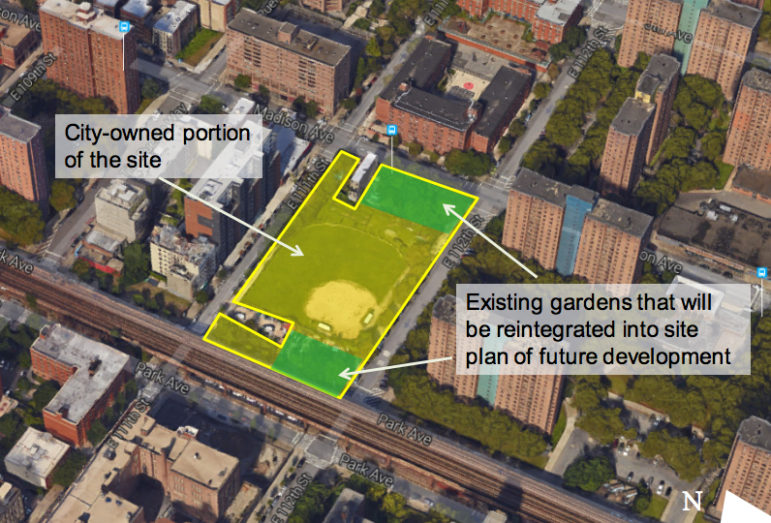
HPD
A site diagram from HPD.
The Department of Housing Preservation and Development (HPD) announced today that the agency has selected a development team for the 111th Street site, a large public property within the boundaries of the proposed East Harlem rezoning. Some neighborhood activists, who campaigned for deeper and more permanent affordability on the site, received the news of the project details with great disappointment.
Jonathan Rose Companies and L+M Development Partners will construct 665 income-targeted apartments along with space for a number of amenities, including a YMCA, a supermarket, a charter school, a restaurant with a job training program and other facilities. The building will be the largest “passive house” in the nation, following green design standards and expected to consume 60 to 70 percent less energy than a standard building of the same size. Twenty percent of the units will be affordable to what’s known as “extremely low-income” families making up to 30 percent AMI, or $24,480 for a family of three; 60 percent will be for families making up to 60 percent AMI, or $48,960, and the remaining 20 percent will be for families making up to 130 percent AMI, or $106,080.
That’s more units for extremely low-income families than the typical projects launched during the Bloomberg administration. It’s in tune with another subsidized project recently approved by Speaker Melissa Mark-Viverito after she negotiated for the inclusion of 20 percent of units for families making up to 30 percent AMI.
The East Harlem Neighborhood Plan (ENHP), a proposal drawn up by Mark-Viverito’s office and an appointed steering committee, also called for at least 20 percent of the units on public sites to serve families making up to 30 percent AMI. It also said that 100 percent of units on public sites should be “affordable.” As Politico’s Sally Goldberg points out, though the city calls the 111th street project 100 percent affordable, some might question if units for families making $106,031 can be called as much, when such units would rent at higher than the neighborhood’s average 2014 market rent.
East Harlem Rezoning
Key Documents
* * * *
The affordability levels fall short, however, of Community Voices Heard’s demand that 40 percent of units be affordable (meaning the rent is less than or equal to 30 percent of the household’s income) to families making less than 30 percent AMI, who make up 38 percent of East Harlem’s population. In the past, the administration has said that raising the percentage of extremely low-income families beyond a certain point makes a building financially unsustainable. What exactly that point would be, and whether the city or state should create an operating subsidy to sustain such a building is a subject of debate. In the case of 111th Street, the rent income from units targeted to higher incomes is likely meant to subsidize the cheaper rents for lower income groups in the building.
In addition, the selection of two for-profit developers—familiar partners for the de Blasio administration—is provoking criticism. Knowledgeable sources said that a number of non-profit developers, including Hope Community, Operation Fightback, Lott Community Development Corporation, NERVE, Inc. and Ridgewood Bushwick Senior Citizens Council also submitted development proposals but were not selected. Critics say the administration unduly favors for-profit developers, who could opt out of subsidy agreements down the line, and should instead work more with community land trusts and non-profit developers.
In the current plan, only one fourth of the units, likely the ones renting to families at 60 percent AMI, will be permanently affordable under the mayor’s mandatory inclusionary housing policy, while the rest will be subject to time-limited subsidies.
“All of these units should be 100 percent permanently affordable,” said a member of Picture the Homeless, who identified herself as Ms. K. Samuels, in an e-mail to City Limits. She said she favored turning the parcel into a community land trust. “This is being built on city land, so it’s ours, and it needs to stay ours. And we need nonprofit builders to do this, because for-profit developers will never have an interest in permanent affordability. They do not get into it to make buildings affordable to community, they get into in order to make a profit.”
Samuels also expressed concern about whether the development team would ensure the grocery store is affordable to East Harlem’s current residents.
Ray Tirado, a member of Community Voices Heard, criticized L+M Development Partners’ track record of using non-union construction workers, and feared the development project would not lead to well-paying, safe jobs for local residents, while Community Voices Heard member Dennis Osorio said the project’s allotment of 20 percent of units to extremely low-income residents is a “missed opportunity to meet the needs of the East Harlem community.” Both were also concerned with the lack of permanent affordability for the majority of the units.
El Barrio Unite’s Roger Hernandez Jr., who was affiliated with the NERVE application*, was appalled by the income levels, the lack of a community land trust, the inclusion of a charter school instead of a vocational school, and other aspects of the selected proposal.
“Our proposal was for 710 affordable [apartments] widespread among extremely low, very low and low income bands to households limited to $72K maximum,” he wrote in an e-mail. “This gifted project is now being handled by greater forces never before seen in our neighborhood. And it is scary.”
Asked why the city had not chosen a non-profit partner, Elizabeth Rohlfing, an HPD spokesperson, defended the selection and said that Jonathan Rose Companies’ proposal was the strongest one the department received.
“The proposal was selected through a highly competitive, objective process that scored each project on a range of factors including the mix of affordability, the mix of commercial and community space, the quality of the design, the sustainability and financial feasibility of the project, and the extent to which it met the priorities identified by the community, including commitments to local hiring,” said Rohlfing.
Mark-Viverito also expressed optimism for the project in a statement sent to City Limits.
“This development site represents a tremendous opportunity for the El Barrio/East Harlem community. I look forward to reviewing this project in the coming months and to working with the development team, the administration and the community to ensure that it meets the goals outlined in the East Harlem Neighborhood Plan,” she said.
Correction: Roger Hernandez is a leader of El Barrio Unite, not NERVE, Inc.


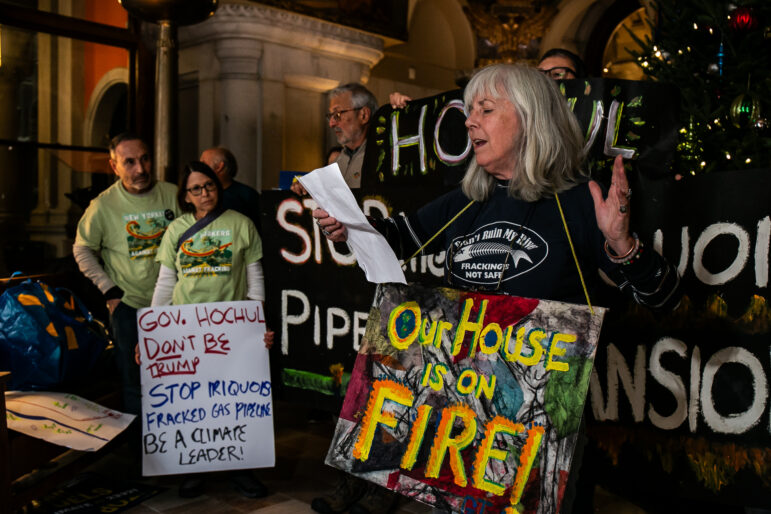
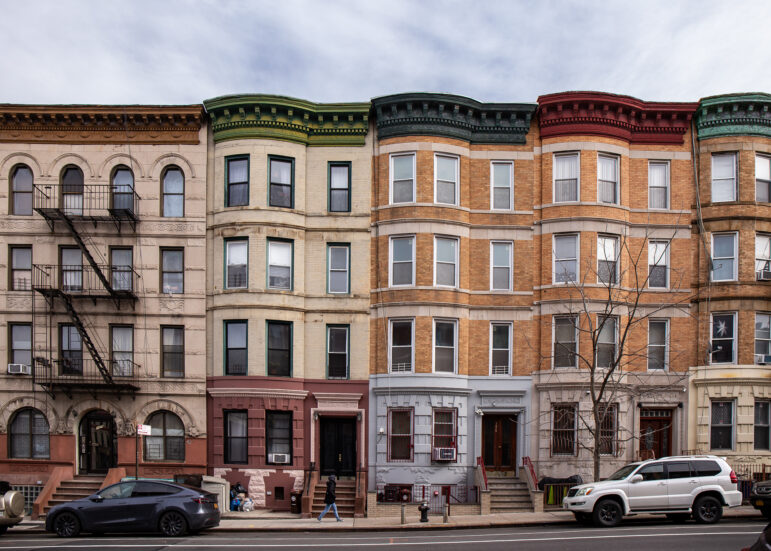
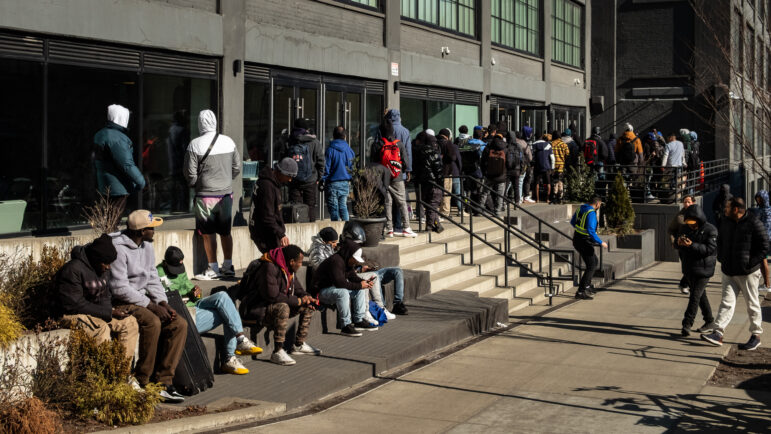
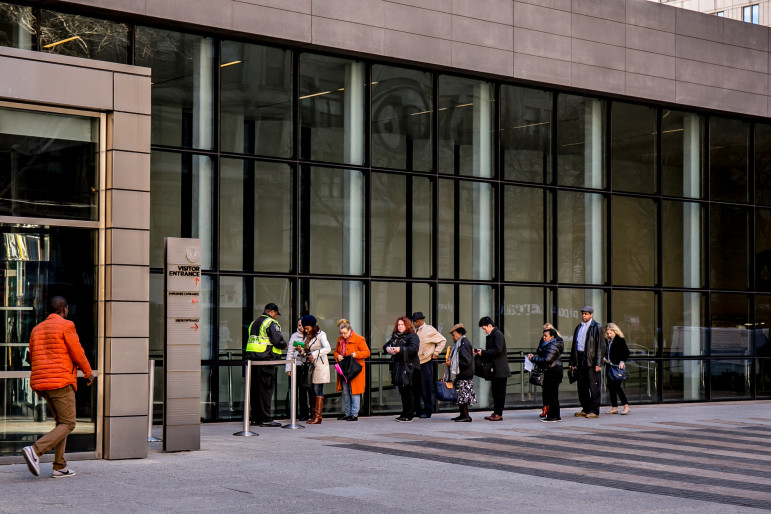


One thought on “City Picks Developers for Harlem Site, to Advocates’ Disappointment”
As one who worked on both the East Harlem Neighborhood Plan with the speakers office and with HPD’s Neighborhood Planning Unit, as well as a plan for this site over a three year stretch along with a host of community representatives and the Director of the Little League program that has played ball on this site for over 20 years, it is very disheartening to see the same highly connected predictable set of developers selected for this project. Where are the opportunities for local community based developers? Where is the community benefits proposal? Where is the local business leadership and development opportunity? Selecting local workers may offer jobs but it does not foster local leadership access nor business leadership development afforded by the opportunity to develop this project. This decision clearly does not reflect ground up local planning and community development. The remarks of the City Council representative who is also Speaker of the Council are also surprisingly counterintuitive and clearly not reflective of the communities views over this decision. Its no wonder that our society is moving further and further into top down antidemocratic authoritarianism, distrust with leadership and strident polemical divisions. There are numerous signs that political leaders starting with the most high on down are merely paying lip service to the needs of local communities while stocking “the swamps” with the biggest predators.